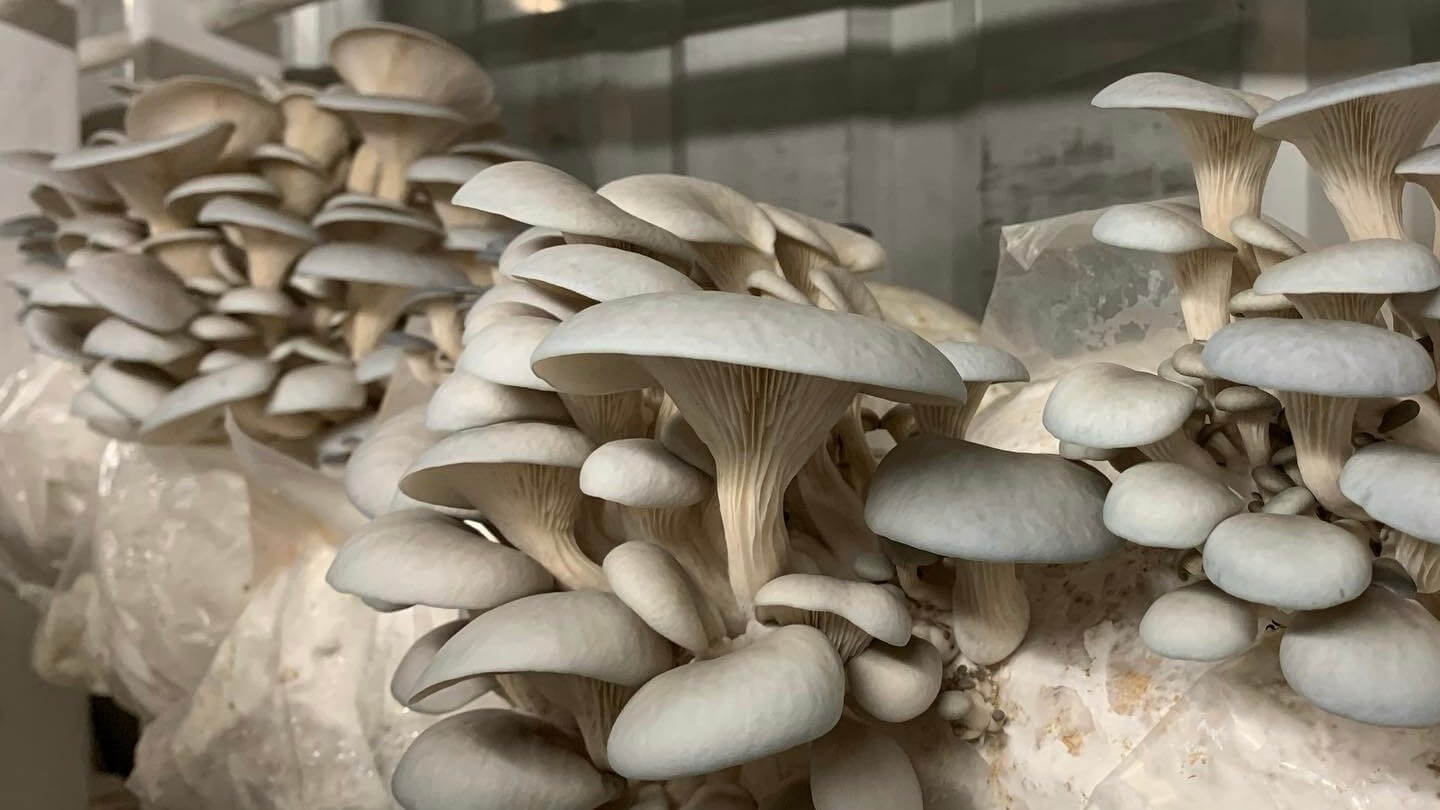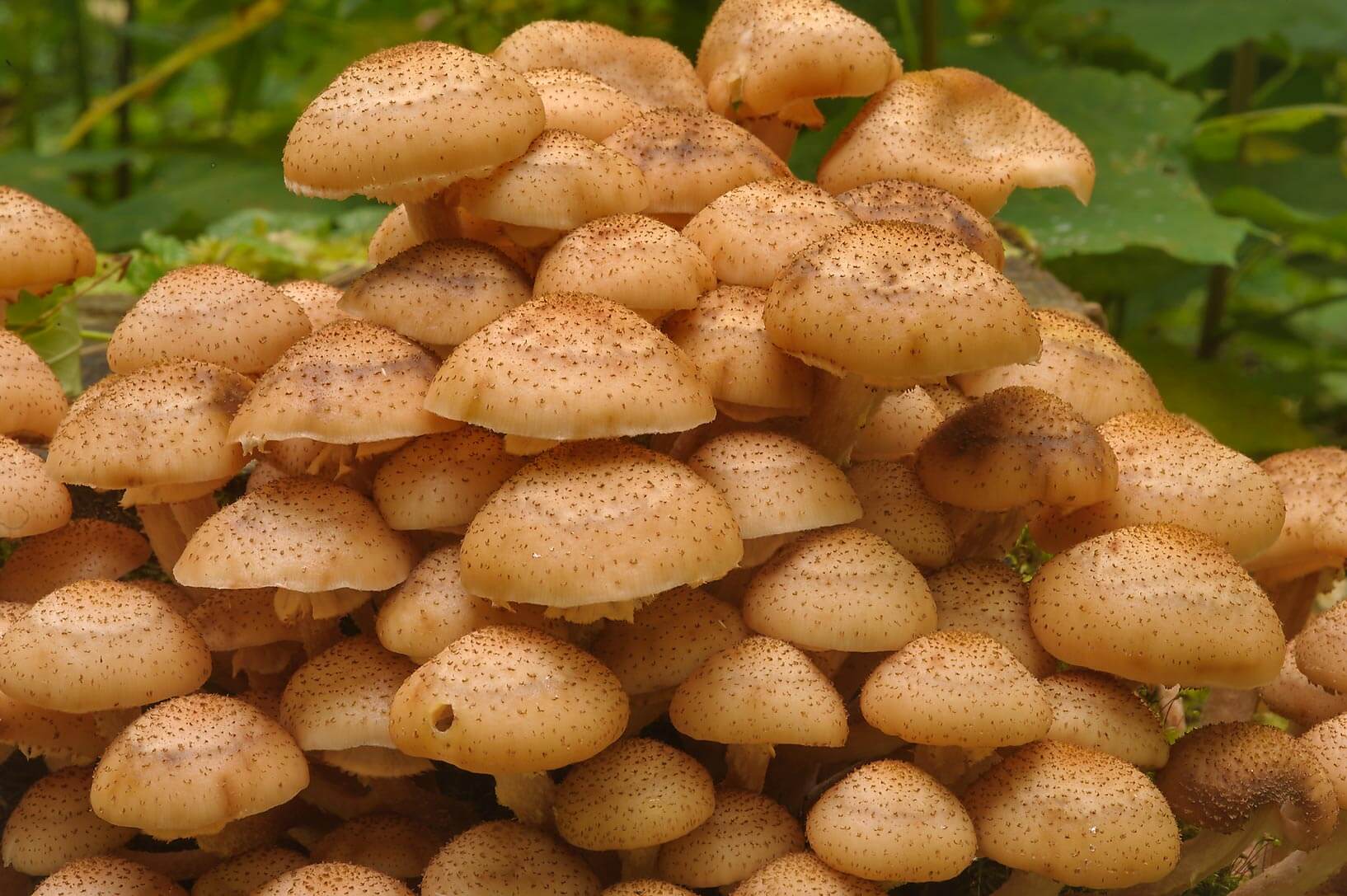Have you ever imagined conducting a science experiment right in your own kitchen? Welcome to the intriguing practice of mushroom cloning! With just a few basic tools and a spark of curiosity, you can cultivate an endless supply of your favorite mushrooms. Let's explore the art of mushroom cloning and uncover why it's an ideal method for growing mushrooms at home.
Table of Contents
- The Thrill of Mushroom Cloning
- What You'll Need for Mushroom Cloning
- Step-by-Step Mushroom Cloning
- The Science Behind Mushroom Cloning
- The Best Environment for Agar Transfers
- Advanced Tips for Successful Mushroom Cloning
- What Mushrooms Can You Clone?
- The Benefits of Cultivating Mushrooms at Home
- Troubleshooting Common Issues
- Conclusion
- FAQs
- Mushroom Grow Kits: A Beginner-Friendly Alternative to Cloning
Lion's mane mycelium growing in an petri dish.
The Thrill of Mushroom Cloning
Imagine having a scalpel, a petri dish, and a fresh oyster mushroom on your kitchen counter. With a careful incision, you extract a tiny piece of tissue and place it on the petri dish.
Within a week, that tiny piece transforms into a fluffy white network of mycelium. Congratulations—you've just cloned a mushroom!
Why Clone Instead of Using Spores?
While many mushroom enthusiasts start with spores, cloning offers several advantages:
- Consistency: Cloning ensures you get the same size, flavor, and yield every time.
- Faster Growth: Clones grow faster than spores, saving you time and effort.
- Preservation: Save unique wild or homegrown mushrooms forever by cloning them.
Once you start cloning, you'll never have to rely on the unpredictability of spores again.
What You'll Need for Mushroom Cloning
To begin your cloning journey, gather the following supplies:
- A fresh, healthy mushroom (not dried)
- A sterilized knife or scalpel
- Hydrogen peroxide
- A petri dish with nutrient agar (store-bought or DIY)
DIY Agar Dish Recipe
- 300 g water
- 10 g agar agar
- 16 g honey
Mix the ingredients in a flask or jar, bring to a boil for 1-2 minutes, pour into petri dishes, and let cool before use. Pro tip: Pour the dishes as soon as possible after boiling to avoid a big lump of jello.
Step-by-Step Mushroom Cloning
Follow these simple steps to clone your mushroom:
- Expose the Inner Tissue: Tear the mushroom open to reveal the cleaner inner tissue.
- Cut a Tiny Piece: Using a sterile knife, cut a rice-sized piece from the inside.
- Dip in Hydrogen Peroxide: Quickly dip the piece in hydrogen peroxide to kill surface bacteria.
- Place on Agar: Drop the tissue sample onto an agar-filled petri dish.
- Seal the Dish: Loosely seal the dish with parafilm to allow it to breathe while staying clean.
- Store in a Dark, Warm Place: Keep the dish at 21-24°C.
Within a week, you should see white mycelium spreading from the tissue—your mushroom clone is growing!
Once your mycelium is strong, transfer it to sterilized grain like rye or brown rice, or sawdust, to multiply before final fruiting.
The Science Behind Mushroom Cloning
Mushroom cloning is possible due to the unique biology of fungi. Unlike plants, which reproduce through seeds, mushrooms reproduce through spores or vegetative growth. Cloning leverages the latter, allowing you to create an exact genetic copy of a mushroom by cultivating its mycelium—the vegetative part of the fungus.
Mycelium is a network of fine, branching threads that absorb nutrients from the environment. By providing the right conditions, you can encourage mycelium to grow and eventually produce mushrooms, which are the fruiting bodies of the fungus.
The Best Environment for Agar Transfers
The success of your mushroom cloning depends on where you perform the agar transfers. Here are your options from worst to best:
- Open Air (High Risk): Works in a pinch but expect contamination in 30-70% of plates. Best done in a dry, still-air environment with thorough sterilization.
- Still Air Box (Medium-High Success): A simple clear plastic storage bin with arm holes. Blocks airflow, reducing contamination to below 10% if used correctly. Cheap, effective, and the best DIY option for home mycology.
- Laminar Flow Hood (Best, But Expensive): Uses a HEPA filter to create a steady stream of sterile air. Allows for almost contamination-free transfers but comes at a high cost.
For most DIY growers, a Still Air Box is the ideal choice—affordable, easy to set up, and effective in preventing contamination.
Advanced Tips for Successful Mushroom Cloning
To maximize your chances of success, consider these advanced tips:
- Sterilization: Ensure all tools and surfaces are sterilized to minimize contamination risk. Use alcohol wipes or a flame to sterilize your scalpel or knife. Also make sure to clean your hands with alcohol prior to opening the petri dish.
- Temperature Control: Maintain a consistent temperature suitable for the specific mushroom species you are cloning. While many species thrive between 21-24°C, others may prefer slightly cooler or warmer conditions. Research the ideal temperature range for your particular mushroom to ensure optimal mycelium growth.
- Patience: While mycelium growth can be rapid, it's essential to be patient and avoid disturbing the petri dish unnecessarily.
What Mushrooms Can You Clone?
The possibilities are endless! You can clone:
- Store-bought mushrooms: Oysters, shiitake, lion's mane... anything goes!
- Wild mushrooms: Found a strong, unique, or delicious specimen? Clone it!
- Your best homegrown mushroom: Save your top performers and keep them producing forever.
The Benefits of Cultivating Mushrooms at Home
Growing mushrooms at home offers numerous benefits beyond the joy of watching them grow:
- Sustainability: Cultivating your own mushrooms reduces your carbon footprint by eliminating the need for transportation and packaging.
- Nutrition: Mushrooms are packed with vitamins, minerals, and antioxidants, making them a healthy addition to your diet.
- Medicinal Properties: Many mushrooms have medicinal properties, such as boosting the immune system and reducing inflammation.
- Educational: Mushroom cultivation is an excellent way to learn about fungi biology and the role they play in ecosystems.
Troubleshooting Common Issues
Even with the best preparation, issues can arise. Here are some common problems and solutions:
- Contamination: If you notice mold or bacteria in your petri dish, discard it immediately to prevent further contamination. Ensure your workspace is sterile and consider using a Still Air Box.
- Slow Growth: If your mycelium is growing slowly, check the temperature and humidity levels. Ensure the environment is optimal for growth.
- No Growth: If there's no sign of mycelium after a week, the tissue sample may not have been viable. Try again with a fresh sample.
Conclusion
Mushroom cloning is a rewarding hobby that combines science, patience, and a love for nature.
By following these guidelines and tips, you'll be well on your way to creating an endless supply of your favorite mushrooms.
Whether you're a seasoned mycologist or a curious beginner, the world of mushroom cloning offers endless possibilities for exploration and discovery.
FAQs
Can I clone any type of mushroom?
You can clone a wide variety of mushrooms, including store-bought, wild, and homegrown species. However, it's essential to research the specific requirements and growth conditions for each type to ensure successful cloning.
What equipment do I need to start mushroom cloning?
To begin mushroom cloning, you'll need a fresh, healthy mushroom, a sterilized knife or scalpel, hydrogen peroxide, and a petri dish with nutrient agar. A Still Air Box or Laminar Flow Hood can also be helpful to minimize contamination.
What is a good DIY Agar dish recipe?
A good basic recipe for DIY agar is as follows:
- 300 g water
- 10 g agar agar
- 16 g honey
Mix these ingredients in a flask or jar, bring to a boil for 1-2 minutes, then pour into petri dishes and let cool before use. This recipe provides a nutrient-rich environment suitable for many mushroom species.
What are the ideal conditions for growing mycelium?
Mycelium grows best in a dark, warm environment with consistent temperature and humidity. The ideal temperature range varies by species, but many thrive between 21-24°C. Ensure your workspace is sterile to minimize contamination risk.
How do I know if my mushroom clone is growing successfully?
Typically you are able to tell within a week. You should see white, fluffy mycelium spreading from the tissue sample in your petri dish. This indicates that your mushroom clone is growing successfully. If you see anything green, black or orange growing the plate is in most cases contaminated.
Can I clone mushrooms from dried specimens?
Cloning is generally more successful with fresh mushrooms, as dried specimens may not contain viable tissue for cloning. But in some cases it can be worth it to try.
Mushroom Grow Kits: A Beginner-Friendly Alternative to Cloning
If you're new to mushroom cultivation and find the cloning process a bit overwhelming, mushroom grow kits offer an excellent alternative.
These kits are designed with beginners in mind, providing a hassle-free way to start growing mushrooms at home. Each kit comes with pre-inoculated substrates, meaning the mycelium is already established and ready to grow.
All you need to do is follow the simple instructions, spray the kit with water daily, and watch as your mushrooms flourish. With a mushroom grow kit, you can experience the joy of harvesting your own mushrooms without the complexities of cloning.
For those eager to get started, explore our selection of mushroom grow kits and begin your cultivation journey with ease!






